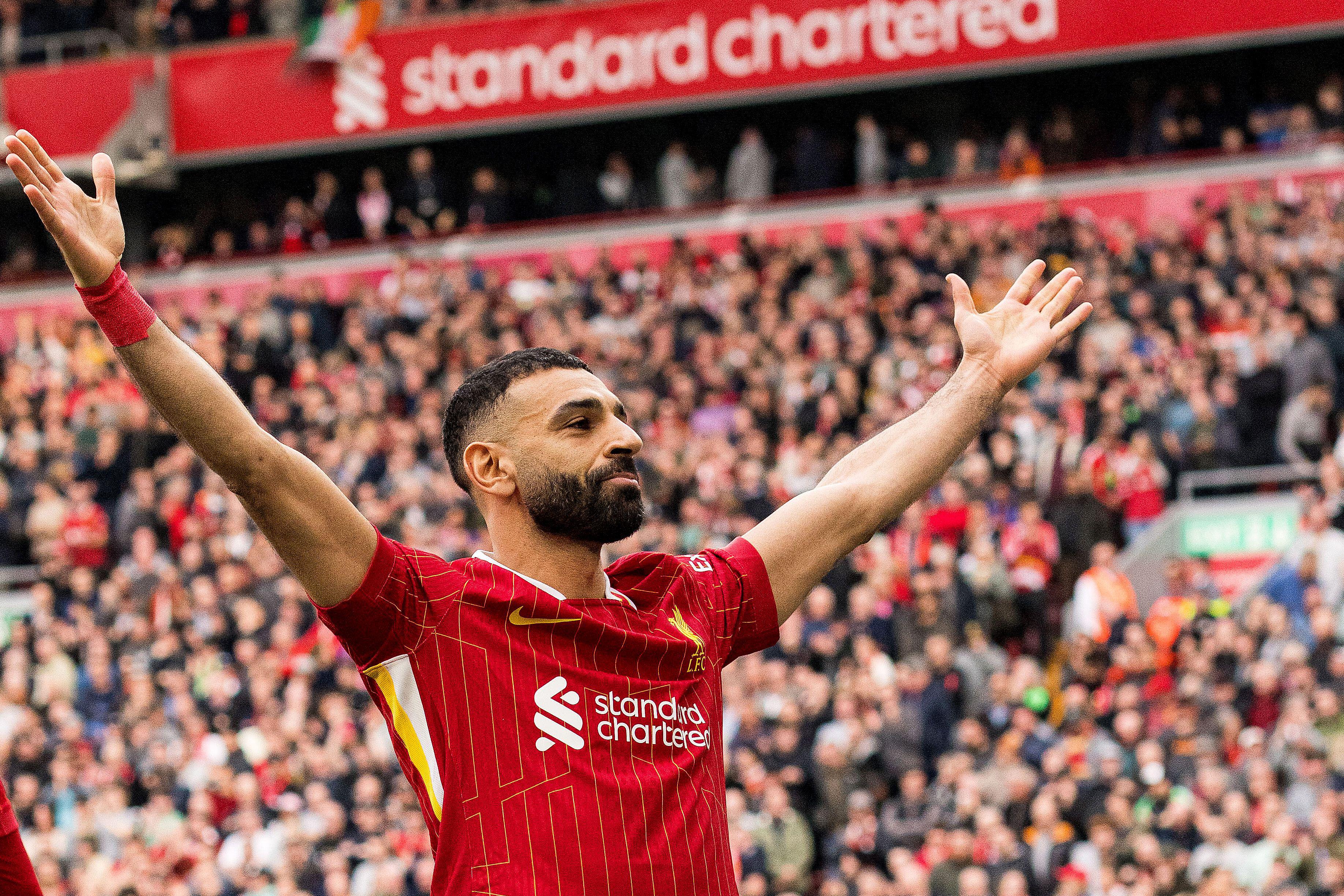Meet Dinamo Zagreb: The talent-churning Croatians led by lunatics
They beat Arsenal first time out and provided the likes of Luka Modric, Mateo Kovacic, Robert Prosinecki and countless more Balkan heroes to Europe's biggest clubs. But don't expect much, says Alex Holiga...
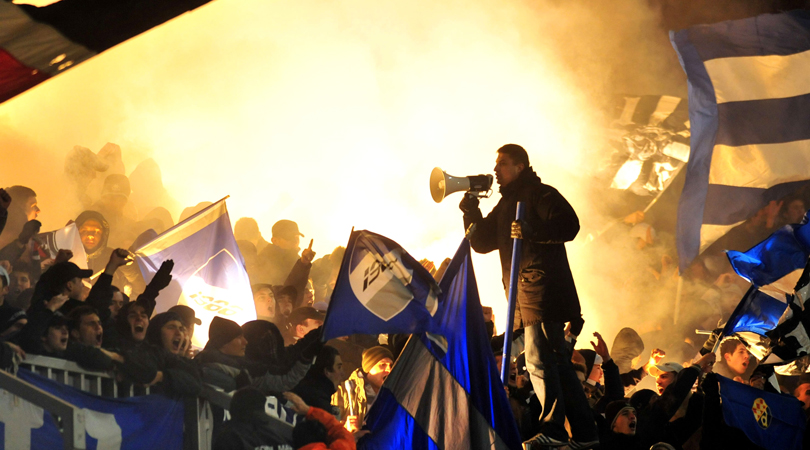
Who are they?
The Mamic brothers started this campaign from jail after being charged with massive embezzlement of the club’s funds, tax evasion and bribery
The perennial champions of Croatia, having held the title for 10 years in a row now. Also the perennial dreamers of a ‘spring in Europe’, which they haven’t experienced for 45 years.
Although they were founded in 1945, they claim the heritage (and the trophies) of a previous Zagreb club, HSK Gradjanski – as reflected in the letter ‘G’, added to their ‘GNK’ prefix (‘NK’ stands for ‘Football Club’) a few years ago.
In the former Yugoslavia, they were a member of the ‘Big Four’, along with Hajduk Split and two Belgrade clubs, Red Star and Partizan.
Since their country gained independence, they changed their name first to HASK-Gradjanski in 1991, then to Croatia Zagreb two years later, while the name Dinamo was brought back on St. Valentine’s Day 2000, under pressure of fans who'd fought for it for years.
In recent times, Dinamo has become a toy in the hands of its chief executive, Zdravko Mamic. Although the club is set up as a citizens’ association, he’s been running it as if it were his family business – along with his brother Zoran, Dinamo’s sporting director who also doubles as the head coach. They started this campaign from jail after being charged with massive embezzlement of the club’s funds, tax evasion and bribery. The Mamic brothers were released on bail in July and were allowed to resume their duties while awaiting trial, but last week Zdravko and five others (including his son) were arrested again.
More recently, midfielder Arijan Ademi was banned for four years after testing positive to a banned substance following Dinamo Zagreb's shock 2-1 win over the Gunners in September.
Get FourFourTwo Newsletter
The best features, fun and footballing quizzes, straight to your inbox every week.
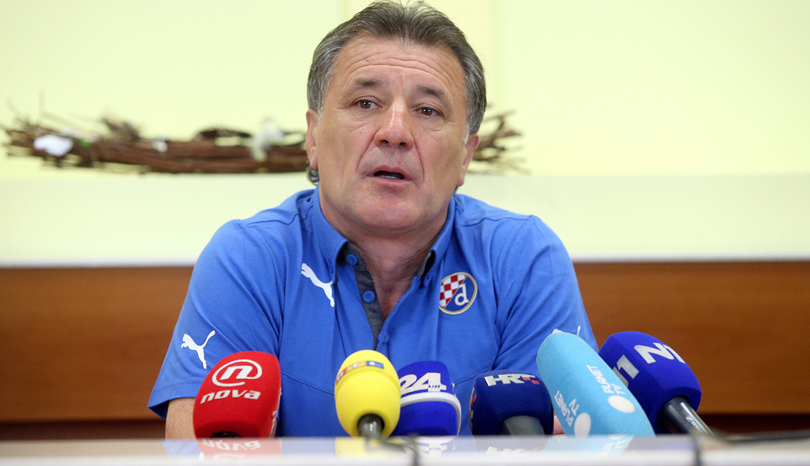
Strengths
The attacking trident is reasonably potent. Marko Pjaca is a talented youngster and the main danger – quick-footed, technical and fearless. El Arbi Hillel Soudani provides numerous goals and assists, but he tends to disappear from the pitch whenever pitted against a proper, quality full-back who stays close to him at all times. Angelo Henriquez never got a chance at Manchester United, but he’s a clever and diligent young striker who moves well, can use the space between the lines and is composed in front of goal. Dinamo have little to lose here besides their inflated egos; everyone thinks Arsenal will beat them easily at the Emirates Stadium despite their win in the first game, and they almost certainly won't qualify from the group.

Weaknesses
This team is built to dominate domestically and provide a vehicle for selling talents, not to compete in Europe. Their main goal each season is to secure the title, so that they would have a shot at UEFA’s prize money which enables them to continue living large by Croatian standards: Champions League qualification alone will fill more than a half of their annual budget, which dwarfs those of all other clubs in the league. Still, they're not even leading Croatia's top flight this term, after relatively recent back-to-back losses. Before that they hadn't tasted defeat for 50 matches.
On the account of greater continental visibility, they’ll be able to sell their players at higher prices. As a consequence, Dinamo are a collection of individuals rather than a team. A few of them can beat anyone one-on-one in the league, so that’s how they usually win games – through superior individual quality. And that becomes a problem against the better-organised teams in Europe, where the incompetence of their defence is laid bare, as is the lack of any true cohesion.
This team is built to dominate domestically and provide a vehicle for selling talents, not to compete in Europe. Their main goal each season is to secure the title, so that they would have a shot at UEFA’s prize money
The game plan
What game plan? Formation-wise, it's probably going to be a 4-2-3-1, although they have experimented – to little success – with three at the back. Zoran Mamic hasn't exactly proven to be an astute tactician and the strategy can often look somewhat chaotic, especially when teams press them high and don’t allow them to get the ball up front easily. For most of the time they will look like a disaster waiting to happen.
Key player
It often seemed as though Ademi, the captain and holding midfielder, was the only one preventing their lines from falling apart. He had huge importance in transitions, stopping opposition attacks and coming deep to get the ball because Dinamo didn't have many other options playing out from the back. Now he's been banned, and Dinamo are in trouble. Most of the goals Dinamo concede come from the flanks, where it’s much easier for opponents to beat their players.
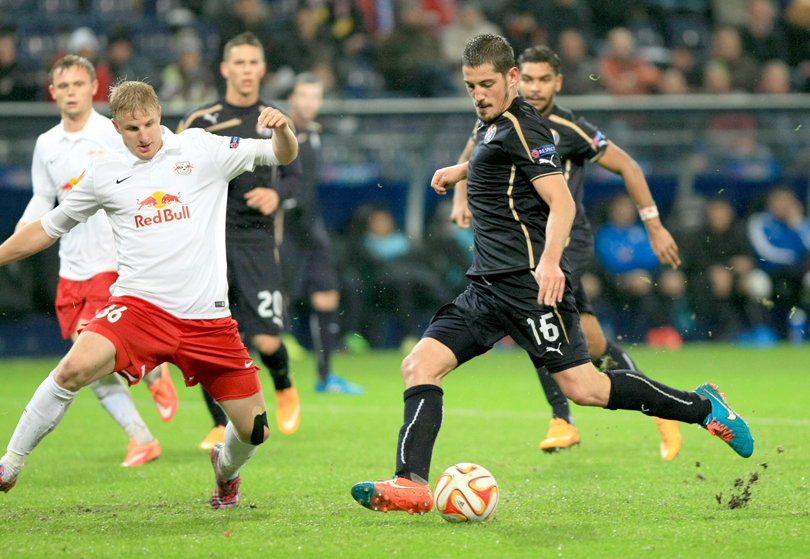
Famous for…
Their fabled academy, which counts stars such as Luka Modric, Mateo Kovacic, Dejan Lovren, Niko Kranjcar, Vedran Corluka and Eduardo (the ex-Arsenal forward, now at Shakhtar) among their alumni.
According to statistics published by the International Centre for Sports Studies (CIES), no fewer than 50 players who ply their trade in the highest tier of Europe’s 31 best national leagues came from the Dinamo Zagreb academy. Only three clubs – Ajax, Partizan Belgrade and Barcelona – are more productive.
However, don’t expect to see more than one or two of those homegrown kids playing against Arsenal: they are developed to be sold at their market peak which comes very early.
Dinamo try to compensate that by bringing in foreign signings and these days the squad is mostly populated by imports, while many of their own kids play at Lokomotiva – Dinamo’s farm team for all intents and purposes which is, absurdly, allowed to compete in Croatia’s top flight as well.
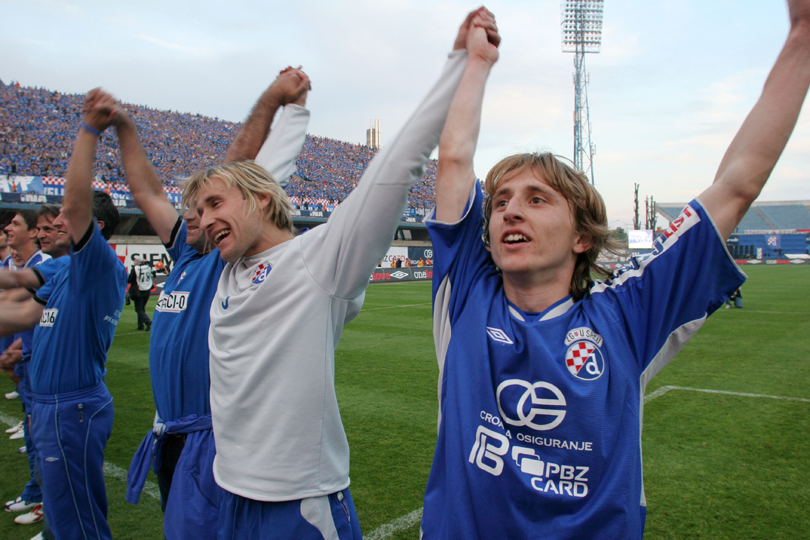
Club legend
Tough call. Their best-known players – Zvonimir Boban, Robert Prosinecki, Davor Suker, Modric – haven’t spent that many years at the club. Dinamo take great pride in their only piece of continental silverware, even though it’s just the 1967 Inter-Cities Fairs Cup, when they defeated Don Revie’s Leeds United in the final – but the real star of that generation was the team itself.
Maybe it’s only fair to bestow this honour upon the one and only Miroslav ‘Ciro’ Blazevic, the controversial manager who brought back the title to Zagreb in 1982 following a 24-year drought.
He claims to have invented the 3-5-2 formation – with which he would later win bronze at the 1998 World Cup as Croatia manager – back in that season, when he triggered a massive wave of euphoria never seen before or after among Dinamo fans. It’s still vivid in the city’s collective memory although Ciro himself, like many other club legends, is a persona non grata in Mamic’s Dinamo of today.
More features every day on FFT.com
Dinamo Zagreb vs Arsenal LIVE ANALYSIS with Stats Zone
